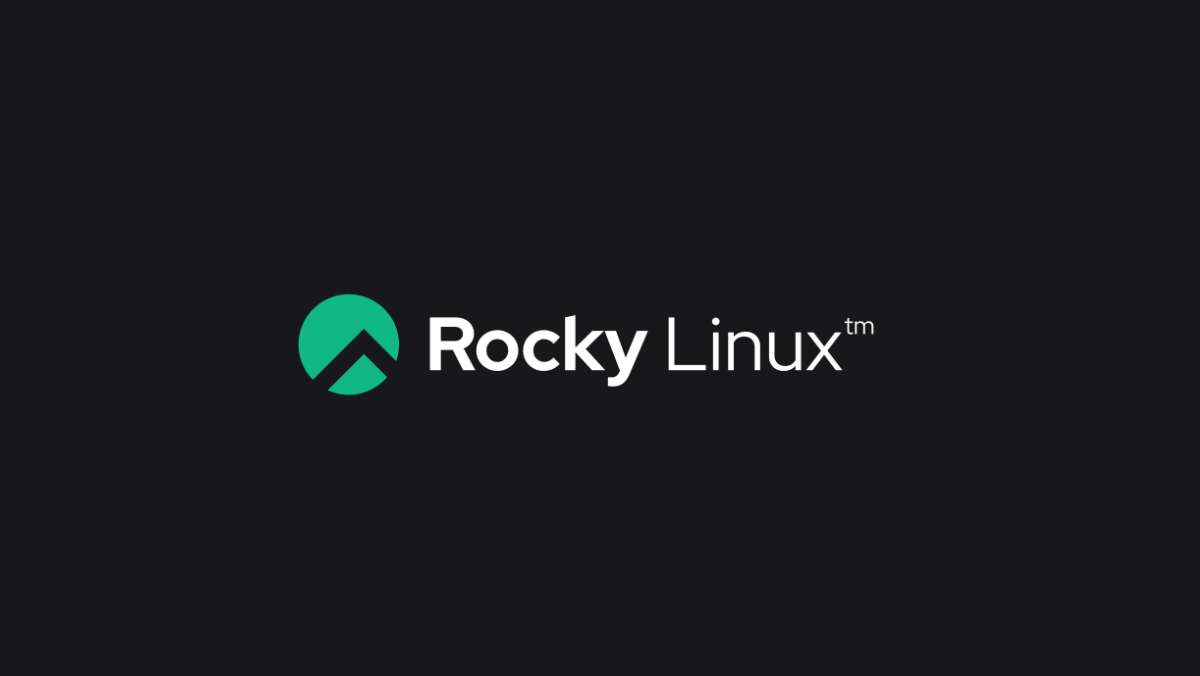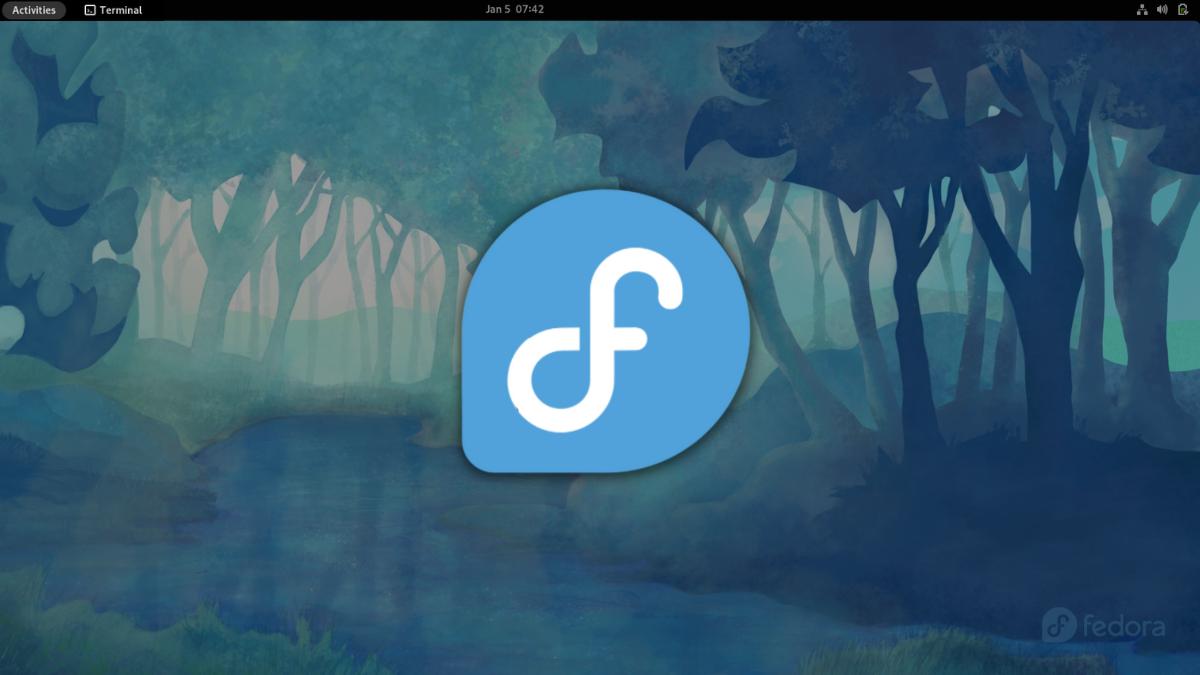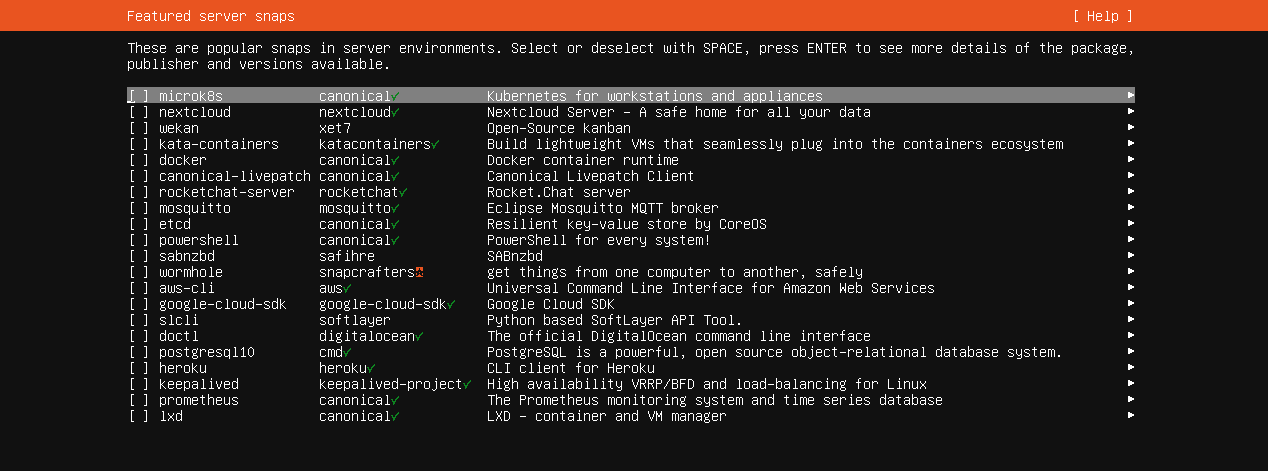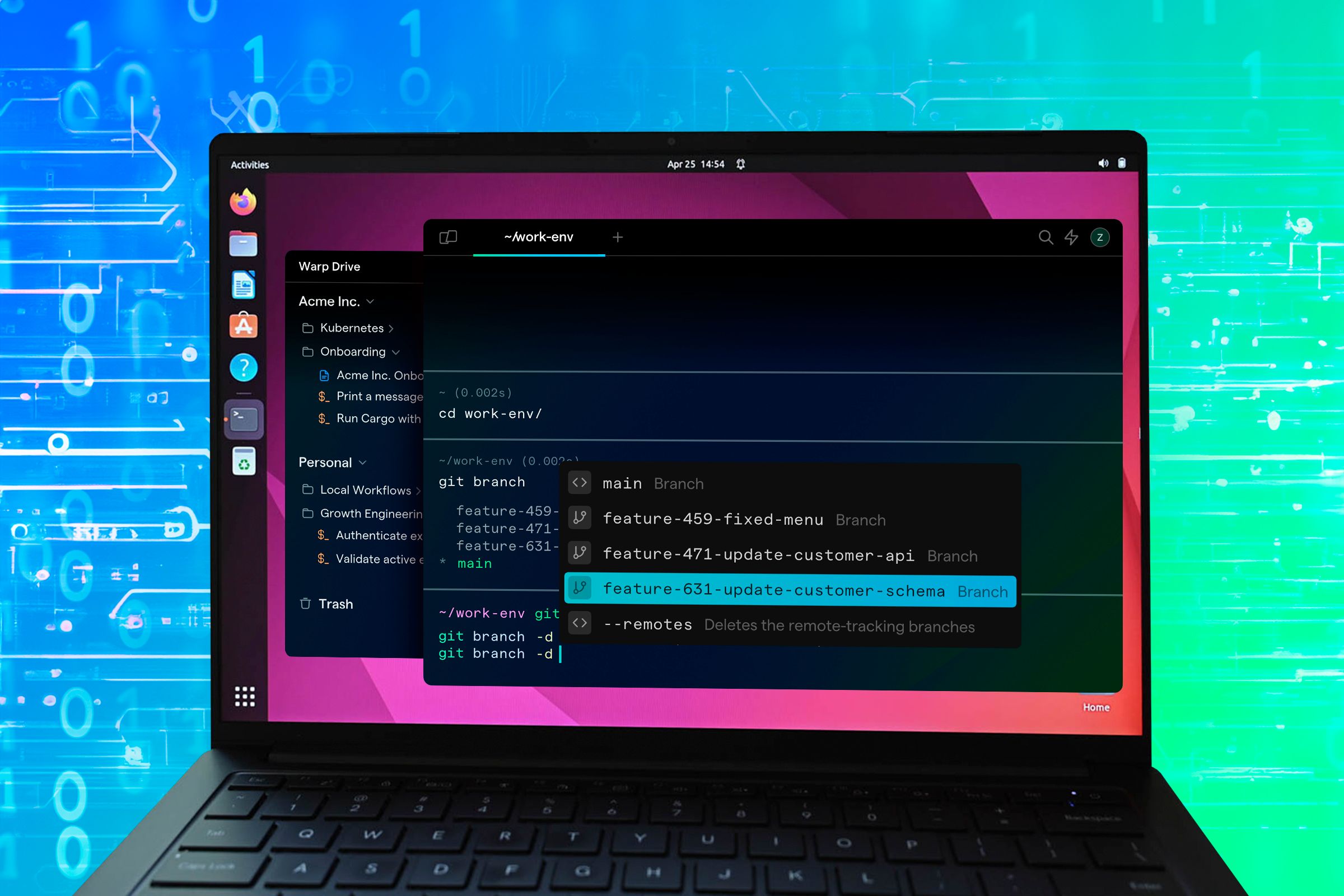Running your own server can sound intimidating at first, but with Linux, it’s much easier than you might think. If you’re new to servers—or Linux in general—don’t worry. You don’t have to be a tech wizard to get a reliable server up and running.
One of the biggest hurdles is simply choosing which Linux distribution to use. There are a lot of options out there, but not all of them are equally suited for server life. This guide will walk you through six great Linux distros you can use to set up your own server, plus a few tips to help you pick the right one for your specific needs.
What Makes a Linux Distro Good for a Server?
When it comes to running a server, you’re looking for different things than you would on your home laptop. You want a distro that is:
- Stable: It should run reliably for months or even years without crashing.
- Secure: Servers are often exposed to the internet, so security updates are critical.
- Lightweight: Servers don’t need fancy graphical interfaces, just the essentials.
- Well-supported: Good documentation and a strong user community can save you tons of time.
You might notice that most server distros stick to simple, minimal designs—no colorful desktops or flashy effects. That’s because servers do their best work quietly in the background.
So let’s dig in. From novice to expert, one of these Linux server distributions is sure to fit your needs.
1. Ubuntu Server
If you’re new to Linux servers, Ubuntu Server is a fantastic place to start. It’s one of the most popular distros out there, and for good reason. Initial setup is fast and easy, and with LTS versions, you can rest easy knowing your system will be supported and updated for up to 10 years.
You’ll find tons of guides, tutorials, and community forums ready to help you through every step, from setting up a basic web server to deploying cloud services. One of the biggest advantages for beginners is that the installation process is very straightforward and you won’t end up with a lot of unnecessary software installed.
|
Best For |
|
|---|---|
|
Minimum Requirements |
|
|
Download Link |
2. CentOS Stream
CentOS Stream acts as a rolling preview of the next version of Red Hat Enterprise Linux (RHEL). That might sound intimidating, but what it really means is that it offers a great balance between cutting-edge features and rock-solid stability.
If you’re planning to eventually work with enterprise-level systems, or you just want something trusted in big businesses, CentOS Stream is a smart choice. Plus, it’s backed by Red Hat, meaning the quality is seriously high.
You’ll find several versions of CentOS ranging from a minimal install to a fully loaded system with everything installed. In general, starting with a minimal install is best for a server but that shouldn’t stop you from experimenting to find the right fit for you.
|
Best For |
|
|---|---|
|
Minimum Requirements |
|
|
Download Link |
3. Debian
If there’s one word that describes Debian, it’s reliable. Debian has been around forever and is well-known for its stability and simplicity. It’s a favorite for people who want a “set it and forget it” server. Many popular Linux distros (like Ubuntu) are derivatives of Debian.
You won’t find the latest flashy features here—and that’s a good thing. Debian focuses on thoroughly tested software packages, meaning fewer bugs and surprises.
The initial setup might take a little more effort if you’re new, but once Debian is running, it is a solid and stable system that requires very little babysitting.
|
Best For |
|
|---|---|
|
Minimum Requirements |
|
|
Download Link |
4. AlmaLinux
When CentOS shifted to CentOS Stream, it was an unexpected change that made many users feel like they were left behind. AlmaLinux was created specifically to fulfill the needs of those users. It’s a one-to-one replacement for RHEL, offering the same reliability but without the corporate strings attached.
If you want the security and structure of an enterprise-grade system but without paying a dime, AlmaLinux is a solid bet. Plus, it’s backed by a strong community and some major tech sponsors.
|
Best For |
|
|---|---|
|
Minimum Requirements |
|
|
Download Link |
5. Rocky Linux
Another contender that rose from the ashes of CentOS is Rocky Linux. Created by one of the original CentOS founders, Rocky Linux has quickly earned a reputation for trustworthiness.
It’s basically the same idea as AlmaLinux: a free, open-source, drop-in replacement for RHEL. If you’re planning to run web servers, file servers, or even enterprise apps, Rocky Linux has you covered.
It’s built with stability and long-term support in mind, so you won’t have to worry about frequent disruptive updates.
|
Best For |
|
|---|---|
|
Minimum Requirements |
|
|
Download Link |

Related
Is Rocky Linux the new CentOS?
Red Hat Enterprise Linux is the globally recognized leader in enterprise-class Linux.
6. Fedora Server
Fedora Server is like the tech-savvy younger sibling of RHEL. It offers newer technologies and features while still maintaining a commitment to security and stability. New features are introduced in Fedora, exhaustively tested in CentOS Stream, and eventually added to Red Hat Enterprise Linux.
This is a good pick if you want something that feels fresh but still professional. Fedora Server is a great way to explore cutting-edge Linux features—like the latest versions of SELinux security or new server management tools—without compromising too much on reliability.
|
Best For |
|
|---|---|
|
Minimum Requirements |
|
|
Download Link |

Related
Picking the Right Distro for Your Server
Choosing the perfect distro for your server doesn’t have to be stressful. Here are a few things to think about:
- Purpose: What do you want your server to do? If you’re hosting a simple website or file server, Ubuntu Server or Debian are easy picks. If you’re running business applications, AlmaLinux or Rocky Linux might be better suited.
- Support and Community: If you think you’ll need a lot of help getting started, Ubuntu and Debian have massive communities.
- Longevity: Planning to set it and forget it? Go for something known for long support cycles like Debian, AlmaLinux, or Rocky Linux.
- Experiment Safely: You can always spin up a virtual machine on your computer and test different distros before committing.
At the end of the day, the best Linux server distro is the one that fits your needs and comfort level. If you’re just starting out, Ubuntu Server is probably your best bet. If you want something a little more “serious,” AlmaLinux or Rocky Linux are excellent choices.
No matter what you choose, you’re joining a huge community of Linux users who love the flexibility and power that running a server can bring. Don’t be afraid to experiment, explore, and most importantly—have fun with it!











